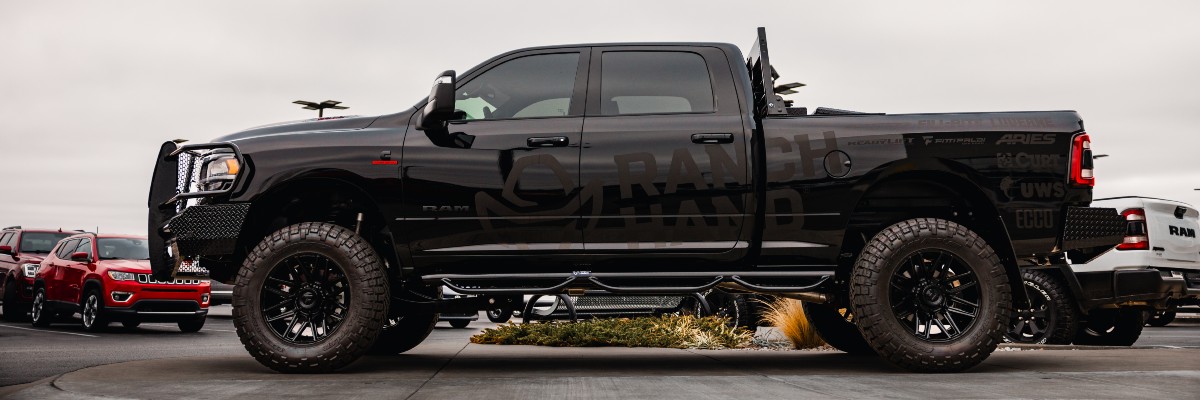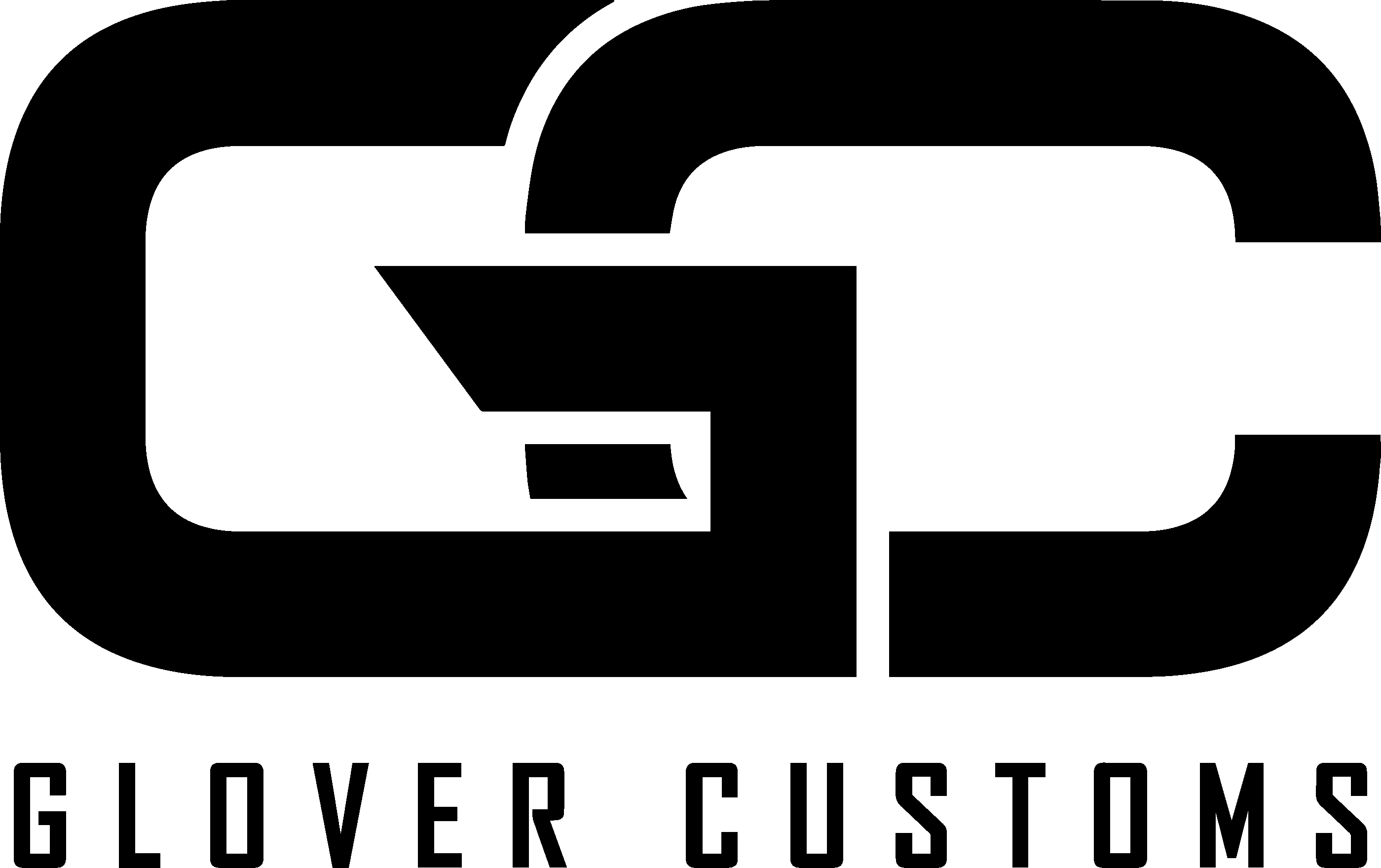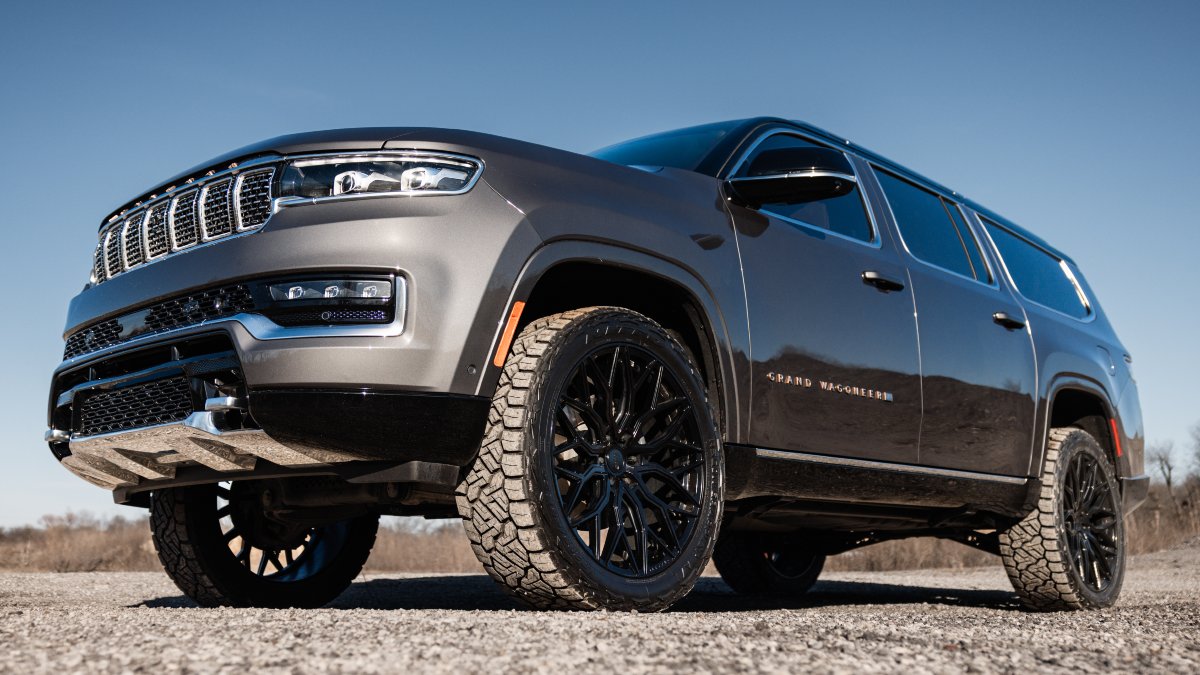Lifting your truck is one of the most exciting parts of the customization process, and typically once it’s done you want to get out there and start driving to show off your new looks and see how it feels to tower over the road. Unfortunately, you might hit the highway and start to feel a vibration that wasn’t there before, but don’t panic!What a lot of enthusiasts often forget or don’t realize is that lifting your truck is about more than just raising the suspension system and making room for bigger tires.
It also alters several different components of your drivetrain, and you’ll need to address these right away to make sure your vehicle maintains its expected performance and remains as safe to drive as it should. Today we’re going to dive into three of the most important things that your truck or SUV needs after the lift, so keep reading to make sure you do what’s necessary!Empty Paragraph
Driveshaft Angles
One of the biggest things that happens as a result of lifting your truck or SUV is that the angles of its driveshafts have changed. This can, in turn, cause something referred to as “driveline vibration.” This is the biggest cause of that vibration you felt on the highway, as those high speeds are when the shaking becomes most noticeable.
Driveline vibration is caused by the steeper driveshaft angles your lift kit has created, as they make it more difficult for the U-joins to maintain smooth rotational motion. Having incorrect driveshaft angles not only causes this driveline vibration and poor ride quality, but can also lead to a lot of premature wear on things like your U-joints, the driveshafts themselves and even the transfer case.
How do you fix this?
In order to give your drivetrain the proper geometry it needs, here are a few upgrades you should consider:
- Adjustable Control Arms. Vehicles that have solid axles can benefit from adjustable control arms, as they allow you to align your driveshaft correctly by fine-tuning pinion angles.
- Driveshaft Spacers. Adding driveshaft spacers to your vehicle helps to account for the increased distance between components caused by the lift.
- High-angle Driveshafts. If you’ve given your truck or SUV an extreme lift, you should consider upgrading to a high-angle driveshaft to ensure smooth operation at these steeper angles.
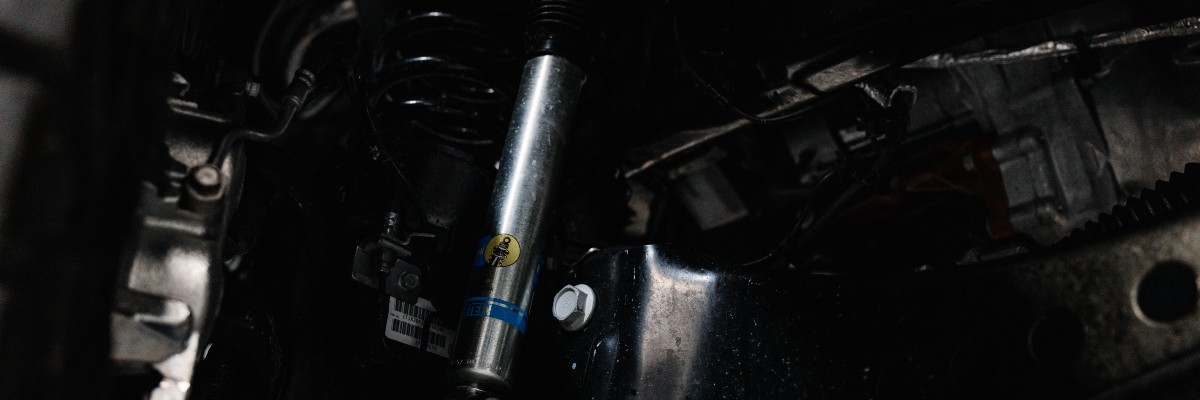
Slip Yoke Eliminator Kits
Unless you're an experienced custom builder or off-road enthusiast, you’ve probably never even heard of a Slip Yoke Eliminator (SYE) kit. Whether you’ve heard of it or not, it’s an essential upgrade for a lot of lifted vehicles, so it’s time to learn! The slip yoke is something found in stock vehicles that allows the driveshaft to move in and out of the transfer case each time the suspension system compresses and extends.
After lifting your truck, this movement will often exceed the slip yoke’s range of motion, which can lead to binding, vibration and potentially even cause damage to the transfer case. The longer you go without an SYE kit, the more you risk overextending the driveshaft, which can cause it to disconnect or even fail completely, potentially leaving you stranded with a hefty repair bill on the horizon.
How do you fix this?
Naturally, this problem can be addressed by installing the aforementioned SYE kit. Adding this kit to your rig will lead to the following:
- Shorter Driveshaft Length. By shortening the length of the driveshaft, you also reduce the risk of overextension and binding.
- Improved Driveline Angles. By improving the angles of the driveline, the SYE kit can work in tandem with your custom driveshaft to ensure smooth operation.
- Increased Durability. As an added bonus, making this upgrade will increase the durability of various parts, mitigating the risk of accelerated wear and tear.
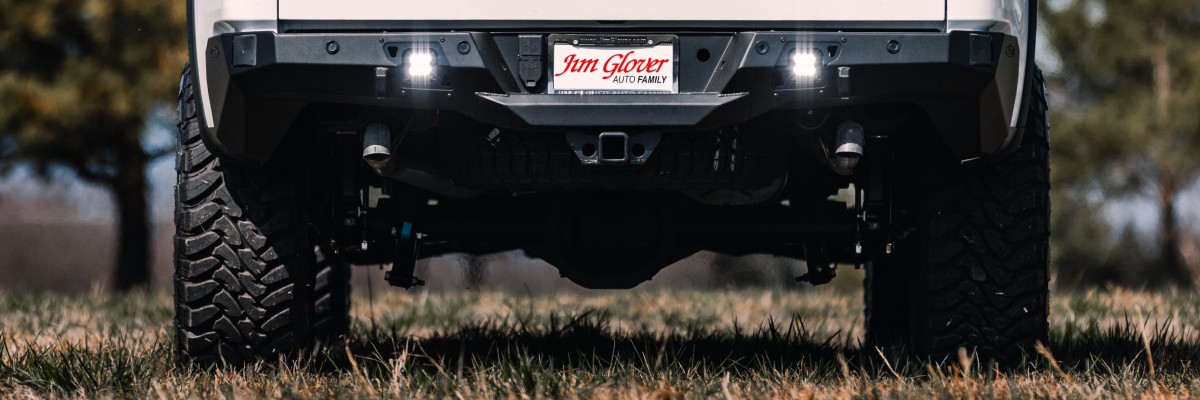
U-Joint Upgrades
As we’ve already mentioned, the changes made by lifting your truck or SUV puts a lot of extra strain on your U-joints, so while you’re making these other adjustments you should consider upgrading them as well. Your U-joints are critical components that connect the driveshaft to both the differential and the transfer case, which allows rotational motion across the angles.
While you could leave your stock U-joints in place, they’re usually not designed to handle the added stress and torque demands brought on by your lift kit. If you do leave your U-joints and they become weak or worn out before you realize it, they can ultimately cause catastrophic drivetrain failures. When this happens, your whole truck could become disabled or potentially even damaged severely.
How do you fix this?
There are several different kinds of U-joints to choose from, but here are a few of our favorite options:
- Heavy-duty U-joints. By upgrading to stronger U-joints than your stock model offered, you can ensure that they withstand the increased torque and angles of your lifted vehicle.
- Greaseable U-joints. Alternatively, you could opt for greasable U-joints, which were designed for easy maintenance — prolonging their lifespan and improving reliability.
- Double Cardan Joints. Finally, if you’ve given your vehicle an extreme lift, you should consider these specialized U-joints. They improve the smoothness of your driveline by splitting the angular load between two joints.
If you have any questions about what your truck or SUV needs after giving it a lift, don’t hesitate to give us a call right here at Glover Customs. We look forward to helping you!
